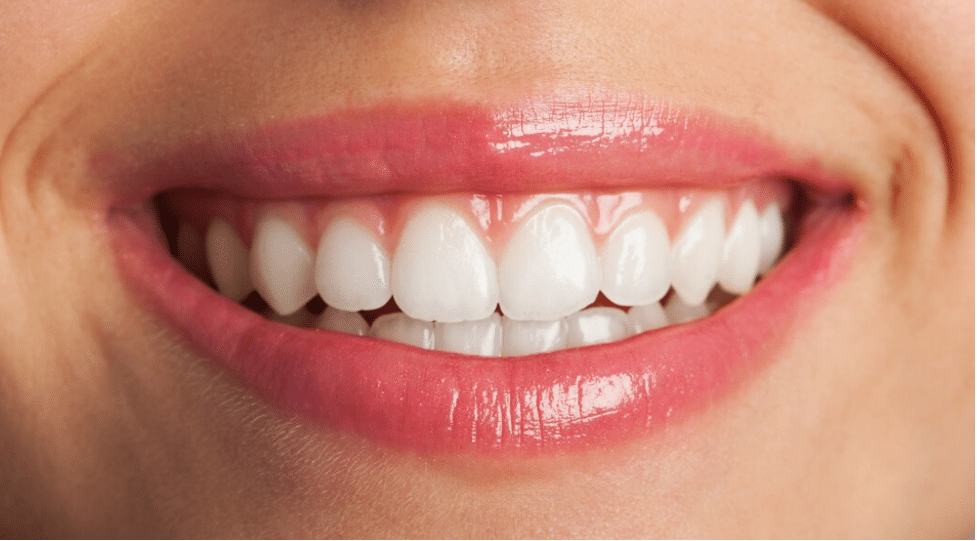A bright, sparkling smile is generally interpreted as a sign of excellent health and confidence. With the rise of social media and celebrity endorsements, the desire for whiter teeth has become a trendy trend. DIY teeth whitening solutions have gained popularity, promising a brighter smile without breaking the budget. However, it is critical to distinguish fact from fiction in order to attain the desired effects without jeopardising your dental health. In this detailed guide, we’ll look into the reality of DIY teeth whitening, with a focus on veneers.
The Allure of Veneers
Veneers have emerged as a highly desired option for attaining a flawless smile. These delicately crafted shells, usually composed of porcelain or composite resin, are meticulously tailored to envelop the frontal surface of your teeth. This not only enhances the aesthetic appeal but also ensures a seamless fit and natural appearance. Veneers are known for their ability to conceal various dental imperfections, including discoloration, chips, and gaps.
While veneers are an effective and long-lasting cosmetic dental option, they may not be the ideal choice for everyone. The process involves removing a small amount of enamel from the tooth’s surface to accommodate the veneer, making it a permanent alteration. Additionally, veneers can be a significant financial investment.
The DIY Temptation
As the pursuit of whiter teeth becomes more prevalent, DIY teeth whitening methods have proliferated. From homemade concoctions to over-the-counter products, individuals are eager to brighten their smiles from the comfort of their homes. However, the question remains: do these methods deliver the promised results, or are they mere fiction?
DIY Teeth Whitening: Separating Fact from Fiction
Oil Pulling
Fact: Oil pulling involves swishing oil, usually coconut or sesame oil, in your mouth for several minutes. Some proponents claim it can remove toxins and whiten teeth.
- Fiction: While oil pulling may contribute to oral hygiene by reducing bacteria, its effectiveness in teeth whitening is limited. It cannot replace professional treatments for significant discoloration.
Baking Soda
Fact: Baking soda has mild abrasive properties that can help remove surface stains on teeth.
- Fiction: Using baking soda excessively or in combination with lemon juice (acidic) can erode enamel, leading to increased tooth sensitivity and potential long-term damage.
Activated Charcoal
Fact: Activated charcoal can absorb toxins and stains, making it a popular choice for teeth whitening.
- Fiction: Regular use of activated charcoal may be too abrasive, causing enamel wear and potentially revealing the yellow dentin beneath. Consult your dentist before incorporating it into your routine.
Strawberries and Banana Peels
Fact: Strawberries contain malic acid, known for its mild teeth-whitening properties.
- Fiction: Relying solely on fruits for teeth whitening may not provide noticeable results. The acid content can contribute to enamel erosion, and the sugar in fruits can lead to cavities if not cleaned thoroughly.
Over-the-Counter Whitening Products
Fact: Some over-the-counter products, like whitening toothpaste and strips, contain peroxide, a common teeth-whitening agent.
- Fiction: While these products may show some improvement, their concentration of active ingredients is lower than professional treatments. Prolonged use without professional guidance can result in uneven whitening and increased tooth sensitivity.
Navigating Veneers and DIY Whitening
If you’re considering veneers, it’s crucial to consult with a qualified dentist to determine the best course of action for your specific needs. Veneers can provide a dramatic transformation for those with significant dental concerns, but they are not a substitute for regular oral care.
DIY teeth whitening methods can be incorporated into your routine for maintaining a bright smile, but they should be approached with caution. The key is moderation and understanding that these methods may not produce the same results as professional treatments.

Professional Whitening
For those seeking a brighter, more radiant smile, professional teeth whitening remains the gold standard. Dental professionals use high-concentration bleaching agents, ensuring efficient and uniform results. The process is supervised, minimising the risk of complications such as gum irritation or enamel damage.
Moreover, professional whitening allows for customization based on your unique dental characteristics and goals. Whether through in-office treatments or at-home kits provided by your dentist, professional solutions are designed to deliver optimal results while prioritising your oral health.
Takeaways
As you embark on the journey to achieve a whiter smile, it’s essential to make informed decisions about DIY teeth whitening methods and cosmetic dentistry options like veneers. While veneers can provide a transformative solution for certain dental concerns, they should be approached with careful consideration and professional guidance.
Remember that maintaining good oral hygiene practices, such as regular brushing, flossing, and professional cleanings, is fundamental to preserving a healthy smile. If you’re unsure about the best approach for your specific needs, consult with your dentist to create a personalised plan that aligns with your oral health goals. By separating fact from fiction and understanding the nuances of teeth whitening options, you can confidently pursue a brighter, healthier smile.
